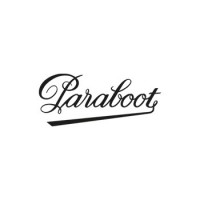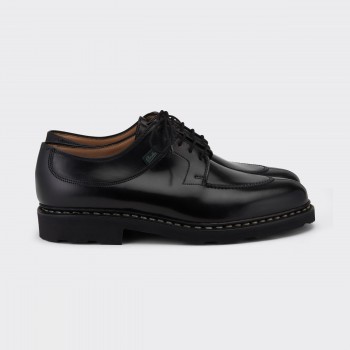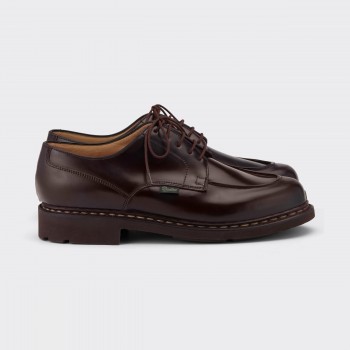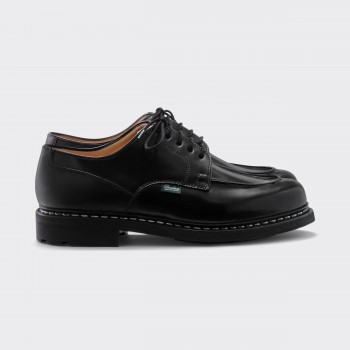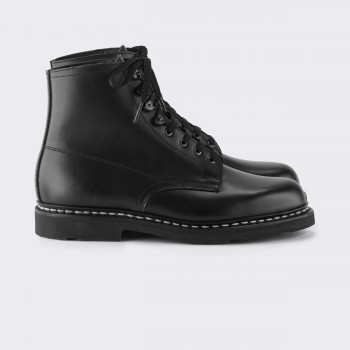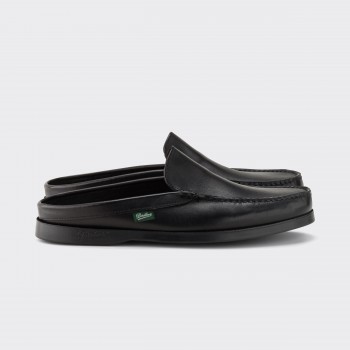Product successfully added to your shopping bag
Paraboot
In the late 19th century, Rémy Richard, a semi-skilled cutter from Izeaux (France), founded Richard-Pontvert with his wife Juliette Pontvert. After repairing army shoes during WWI, he noticed the potential of rubber, eventually developing rubber soles and vulcanization techniques.
Rémy Richard registered the name Paraboot in 1927, a combination of "Para", a port in Amazonia from where rubber was exported, and "boot", the curious latex shoe he had discovered in the United States.
When shoes with glued soles, cheaper, became popular after WWII, Paraboot stuck to soles that were always sewn "Goodyear" or "Norwegian" in robust leather for workers. At the same time, the brand created a number of "lighter" models for architects, surveyors and veterinary surgeons. The "Morzine" model was born. In 1945 came the legendary "Michael".
Special designs were developed for parachuting, exploring volcanoes, and even Mirage pilots. The company also produced technical shoes for motorbiking, horse riding, and skiing, and even opened an ice skate factory in 1972.

